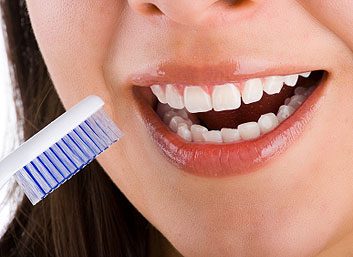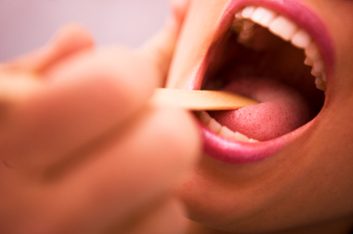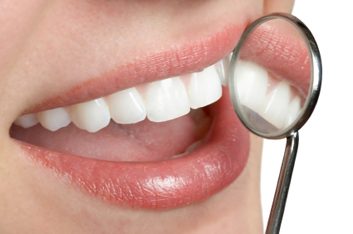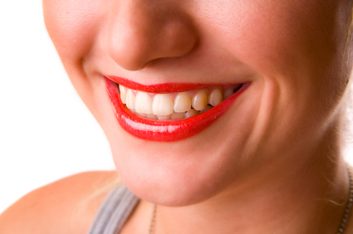
1. Which of these statements about mouth bacteria is NOT true?
a) Bacteria in your mouth can produce acids that may harm your tooth enamel.
b) There are both helpful and harmful types of bacteria in your mouth.
c) Smoking decreases the level of bad bacteria in your mouth.
d) Some bacteria in your mouth may be linked to respiratory disease.

Answer :
Smoking decreases the level of bad bacteria in your mouth.
Smoking raises your risk for gum disease because more bacterial plaque is produced, and gums are slower to heal from infection. Smoking also stains your teeth, stinks up your breath, interferes with your taste buds and leads to tooth sensitivity.

2. Your tongue needs care, too! What’s the best regimen for looking after this mouthy organ?
a) Rest your tongue for at least eight hours a day
b) Exercise your tongue daily to promote circulation
c) Brush your tongue at least twice a day
d) Use a tongue shampoo product daily

Answer:
Brush your tongue at least twice a day.
Tongue brushing can get rid of bacteria trapped in your tongue tissue, which is made up of tiny surface bumps called papillae. Plus, tongue brushing freshens your breath. It’s also a good idea to inspect your tongue once a week. Keep on the lookout for lumps or sores, which may be a sign of disease and should be reported to your dentist.

3. Which of these does NOT cause damage to tooth enamel?
a) Orange juice
b) Soft drinks
c) Sports/energy drinks
d) Red wine
e) Lip and tongue piercings
f) None of the above

Answer:
None of the above
Acidic drinks like orange juice and red wine can erode enamel, and the metal in mouth piercings can also wear enamel away. “Enamel erosion is the new big buzzword in dental hygiene, because it’s something that we’re seeing a really big wave of,” says dental hygienist Julie Linzel in Charlottetown, P.E.I. Her recommendation? Clean your teeth at least 20 minutes after eating. That gives your saliva time to neutralize the acid.

4. How much impact does the fluoridation of drinking water have on your teeth?
a) It reduces decay by 20 to 30%
b) It reduces decay by 40 to 60%
c) It reduces decay by 60 to 80%
d) It reduces decay by 80 to 90%

Answer:
Fluoridation reduces decay by 40 to 60%.
Not only does fluoridated drinking water provide strength to your tooth enamel, it also reduces the amount of acid that the bacteria in your mouth produce. Close to 80 percent of Canadians have access to fluoridated drinking water.

5. What can a new mom do to help her baby’s oral health?
a) Clean baby’s gums with a soft infant brush
b) Avoid putting a spoon in baby’s mouth that’s been in your own mouth
c) Avoid giving baby a teething ring or other toys designed for her mouth
d) Put a bottle in baby’s crib with her

Answer:
Avoid putting a spoon in baby’s mouth that’s been in your own mouth.
“You can actually transfer bacteria that causes decay,” says Linzel. If you’re testing the temperature of your baby’s food, use a separate spoon – and no double-dipping. As for cleaning your baby’s gums and new teeth, at this age (under a year) you should use a wet washcloth or gauze rather than a brush.
